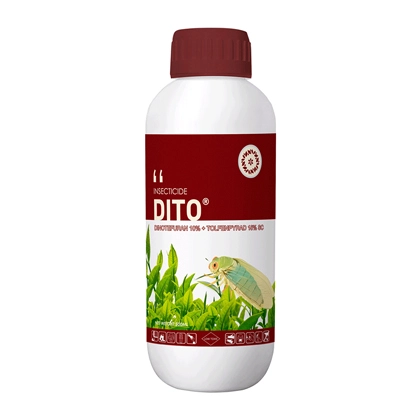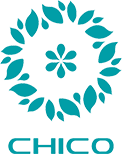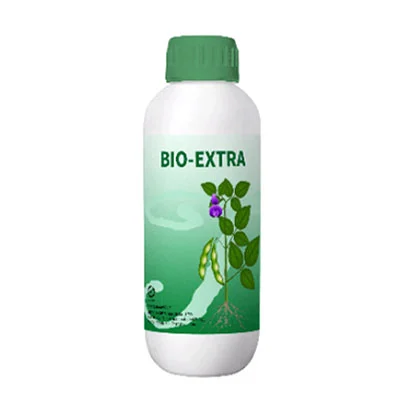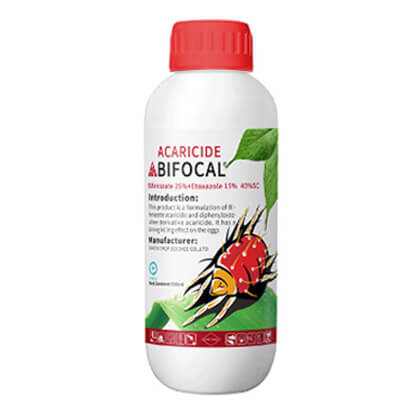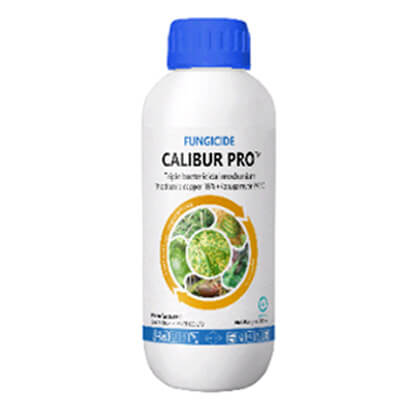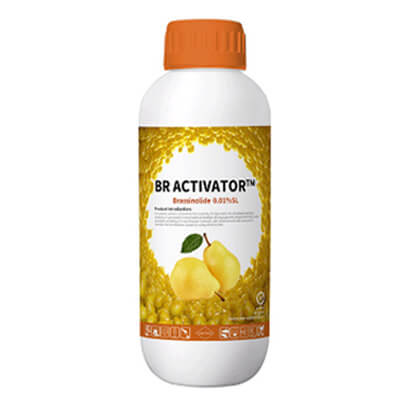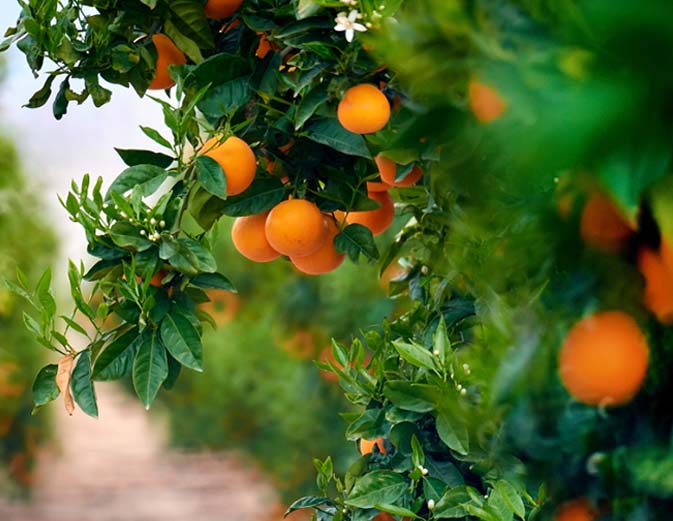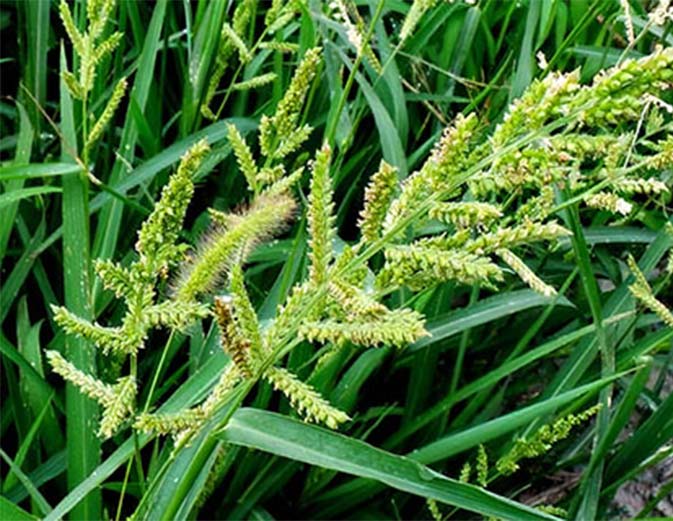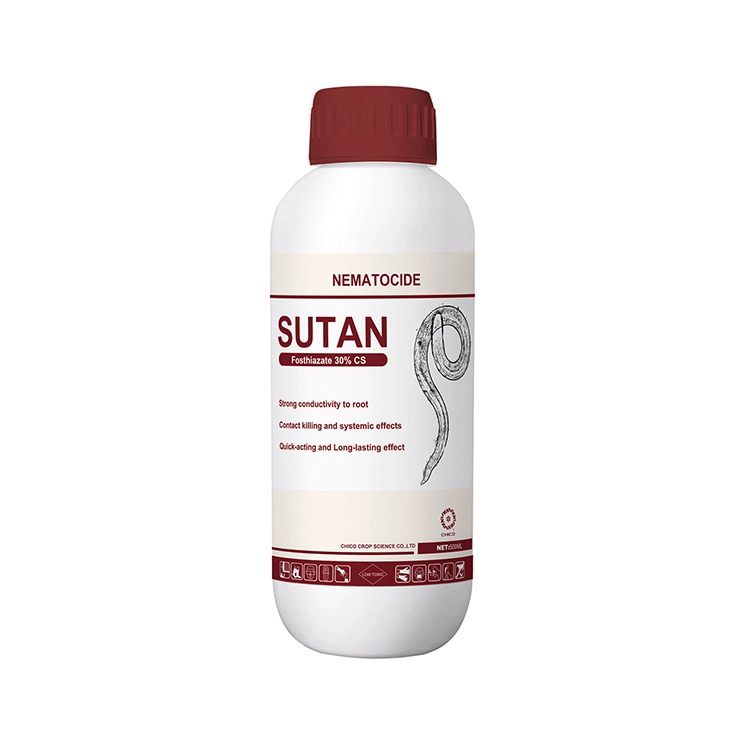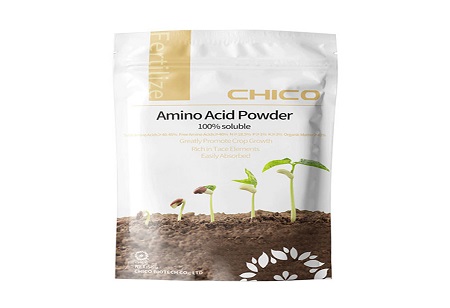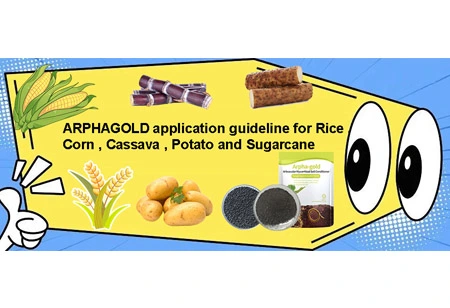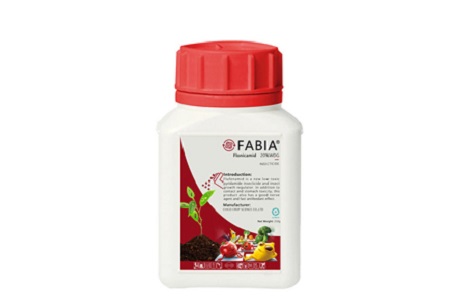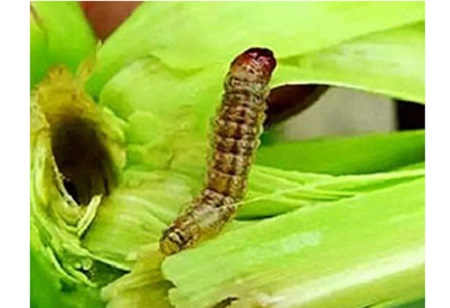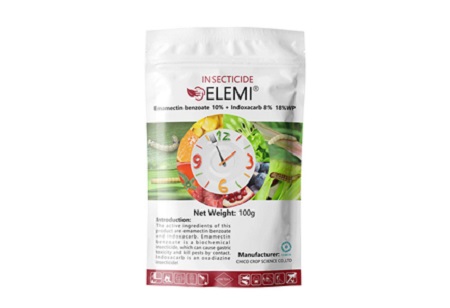
SUTAN® Fosthiazate 30% CS Nematocide
Product Introduction
Fosthiazate 30% CS
Product Feature
Fosthiazate is a cholinesterase inhibitor, which causes the neurotransmitter acetylcholine to accumulate and the choline receptors to be repeatedly activated, causing the nematode's nerves to be overexcited and die. The application method is simple without ventilation, and the pesticide can be directly planting to field after application.
Product Feature
Fosthiazate is a cholinesterase inhibitor, which causes the neurotransmitter acetylcholine to accumulate and the choline receptors to be repeatedly activated, causing the nematode's nerves to be overexcited and die. The application method is simple without ventilation, and the pesticide can be directly planting to field after application.
Advantage
Quick-acting and long-lasting effect: Fosthiazate in the soil can still reach the lethal concentration of root-knot nematodes 2 months after application.
It has contact killing and systemic effect: Nematodes die when they come into contact with Fosthiazate in the soil; Fosthiazate is absorbed into the roots of crops and kills the root-knot nematodes that have invaded the roots of crops and formed nodules;
It has the characteristic of upward conduction: It is strongly conducted from the roots of crops to the leaves, weakly conducted from the leaves to the flowers, and basically not conducted from the flowers to the fruits;
Applicable Crops
Tomato, chili, peppers, eggplants, soybean, watermelons, and other vegetables


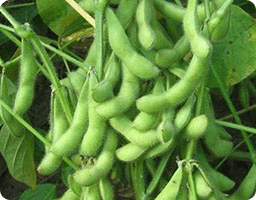
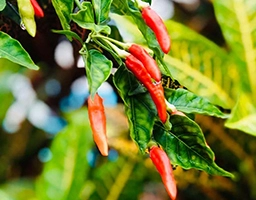

Targets
Root knot nematode





SUTAN® Fosthiazate 30% CS Nematocide Uses and Recommendations
Crops | Target | Dosage | Application |
Cucumber | Root knot nematode | 8745-1005 ml / ha | Hold application |
This product should be diluted with clean water before application. It is recommended to use at the stage of transplantation and slow seedling growth, and then applied in a hole.
This product can be used on cucumber's whole growing season up to once, with a safety interval of 20 days.
Cautions
Pay attention to rotating with other Nematocide to prevent resistance development.
Do not apply this product on windy days or expected rain within 1 hour.
This product is highly toxic to bees, and close attention should be paid to its impact on surrounding bee colonies during application. Fish and other aquatic organisms have certain toxicity, while silkworms are highly toxic. During the flowering period of flowering plants, it is prohibited to apply medicine in the vicinity of silkworm rooms and mulberry gardens. It is also prohibited to clean the application equipment in rivers, ponds and other water bodies. Prohibited release areas caused by red eyed bees and others.


